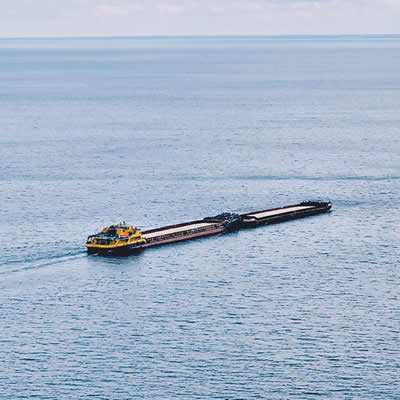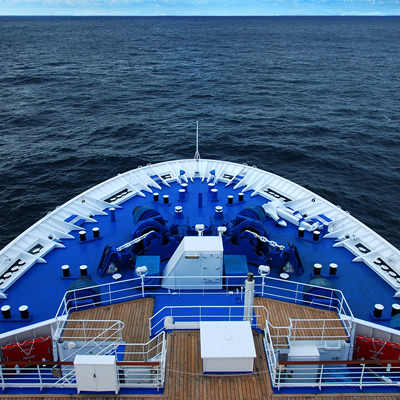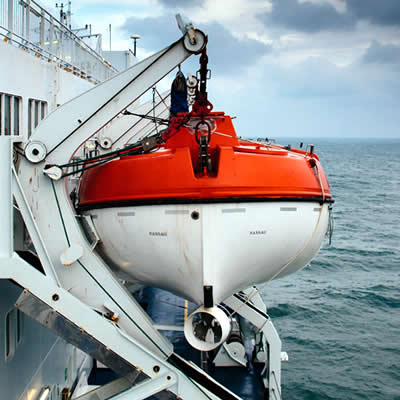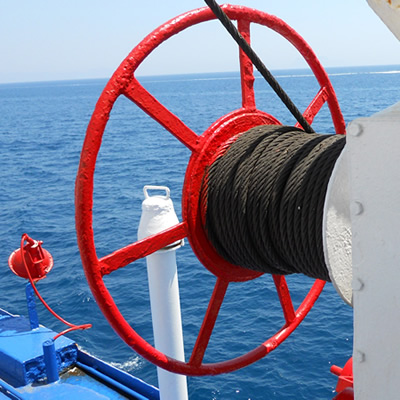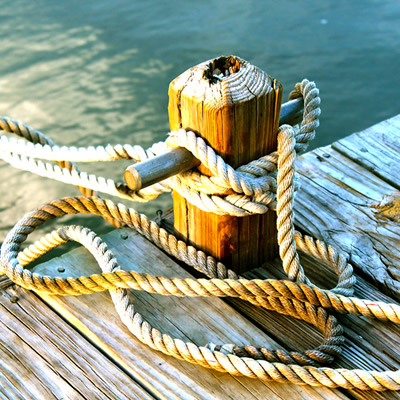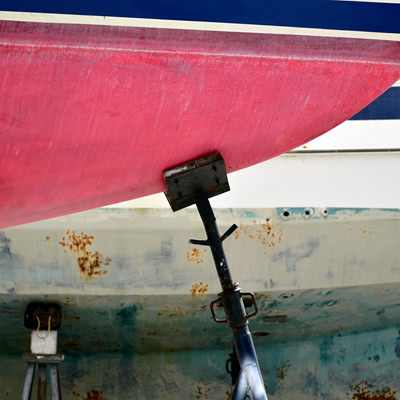The International Convention for the Prevention of Pollution from Ships (MARPOL), 1973 as modified by the protocol of 1978.
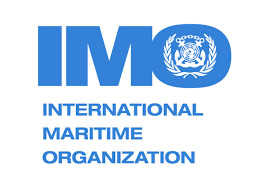
MARPOL 73/78 is one of the most important international marine environmental conventions, it was designed to minimize pollution of the seas, including dumping, oil and exhaust pollution.
Its stated object is: to preserve the marine environment through the complete elimination of pollution by oil and and other harmful substances and the minimization of accidental discharge of such substances.
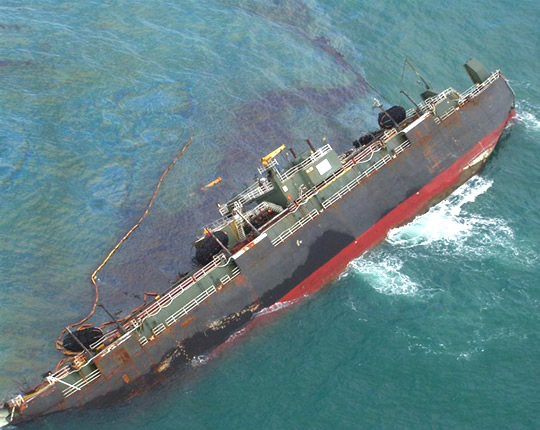
MARPOL - ANNEX I
• MARPOL Annex I came into force on 2 October 1983 and deals with discharge of oil into the ocean environment. It incorporates the oil discharge criteria prescribed in the 1969 amendments to the 1954 Oil Pollution Convention. It specifies tanker design features that are intended to minimize oil discharge into the ocean during ship operations and in case of accidents. It provides regulations with regard to treatment of engine room bilge water (OWS) for all large commercial vessels and ballast and tank cleaning waste (ODME). It also introduces the concept of "special sea areas (PPSE)" which are considered to be at risk to pollution by oil. Discharge of oil within them has been completely outlawed, with a few minimal exceptions.
• The first half of MARPOL Annex I deals with engine room waste. There are various generations of technologies and equipment that have been developed to prevent waste such as: Oily water separators (OWS), Oil Content meters (OCM), and Port Reception Facilities.
• The second part of the MARPOL Annex I has more to do with cleaning the cargo areas and tanks. Oil Discharge Monitoring Equipment (ODME) is a very important technology mentioned in MARPOL Annex I that has greatly helped improve sanitation in these areas.
• The Oil Record Book is another integral part of MARPOL Annex I. The Oil Record Book helps crew members log and keep track of oily waste water discharges among other things.

ANNEX IV
• Marpol Annex IV came into force on 22 September 2003. It introduces requirements to control pollution of the sea by sewage from ships.
ANNEX V
• MARPOL Annex V came into force on 31 December 1988.
ANNEX V
• MARPOL Annex V came into force on 31 December 1988.
• It specifies the distances from land in which materials may be disposed of and subdivides different types of garbage and marine debris.
• The requirements are much stricter in a number of "special areas" but perhaps the most prominent part of the Annex is the complete ban of dumping plastic into the ocean.
ANNEX VI
• MARPOL Annex VI came into force on 19 May 2005.
ANNEX VI
• MARPOL Annex VI came into force on 19 May 2005.
• It introduces requirements to regulate the air pollution being emitted by ships, including the emission of ozone-depleting substances, Nitrogen Oxides (NOx), Sulphur Oxides (SOx), Volatile Organic Compounds (VOCs) and shipboard incineration. It also establishes requirements for reception facilities for wastes from exhaust gas cleaning systems, incinerators, fuel oil quality, for off-shore platforms and drilling rigs and for the establishment of SOx Emission Control Areas (SECAs).
FAQ
Can I get a copy of the SOLAS Convention?
Sure, you can go on-line to IMO main site, and download under title "Publications".
What is an Initial Survey Statutory?
Is possible get verification of SOLAS, and other certificates at the same time?
Why Conarina Group?
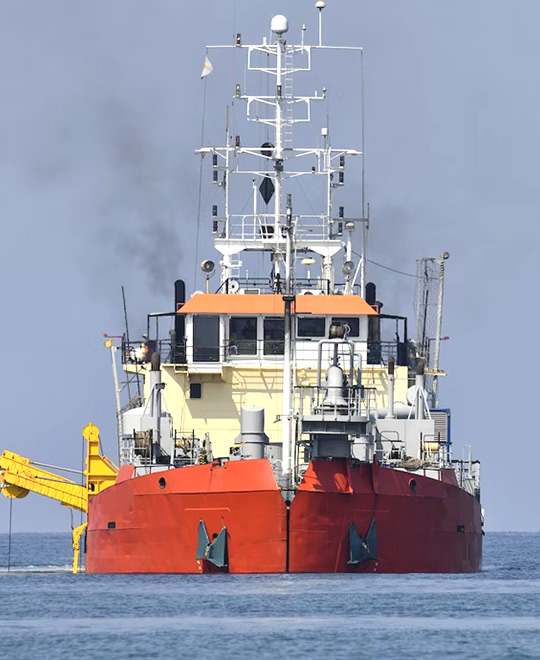
MARPOL - ANNEX II
• MARPOL Annex II came into force on 6 April 1987.
• MARPOL Annex II came into force on 6 April 1987.
• It details the discharge criteria for the elimination of pollution by noxious liquid substances carried in large quantities.
• It divides substances into and introduces detailed operational standards and measures. The discharge of pollutants is allowed only to reception facilities with certain concentrations and conditions.
• No matter what, no discharge of residues containing pollutants is permitted within 12 miles of the nearest land. Stricter restrictions apply to "special areas".
MARPOL - ANNEX III
• MARPOL Annex III came into force on 7 July 1992. It contains general requirements for the standards on packing, marking, labeling, documentation, stowage, quantity limitations, exceptions and notifications for preventing pollution by noxious substances.
• MARPOL Annex III came into force on 7 July 1992. It contains general requirements for the standards on packing, marking, labeling, documentation, stowage, quantity limitations, exceptions and notifications for preventing pollution by noxious substances.
• The Annex is in line with the procedures detailed in the International Maritime Dangerous Goods (IMDG) Code, which has been expanded to include marine pollutants. The amendments entered into force on 1 January 1991.

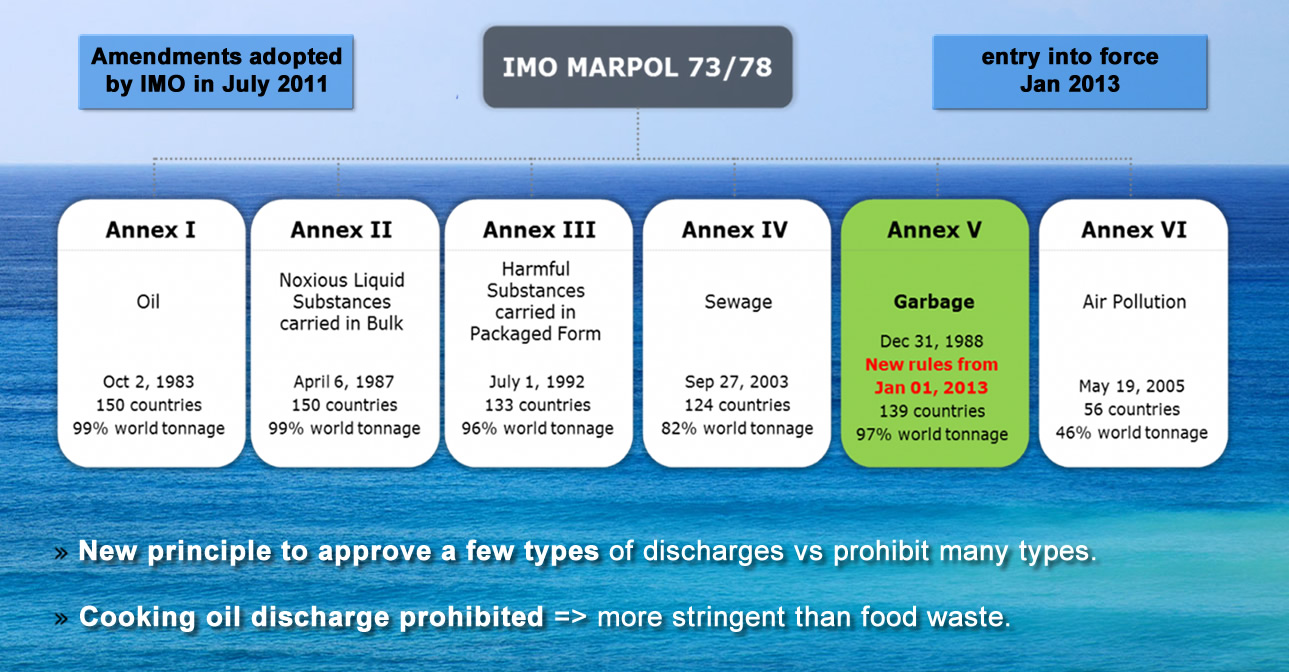
Urgently Need a Certificate of Competence?
Meet The Team
Lorem ipsum dolor sit amet, consectetur adipiscing elit, sed do eium od tempor incididunt ut labore et dolore magna aliqua.
Ut enim adm inim veniam, quis nostrud exercitation.
Ut enim adm inim veniam, quis nostrud exercitation.

Lucas Schultz

Ara Dare


